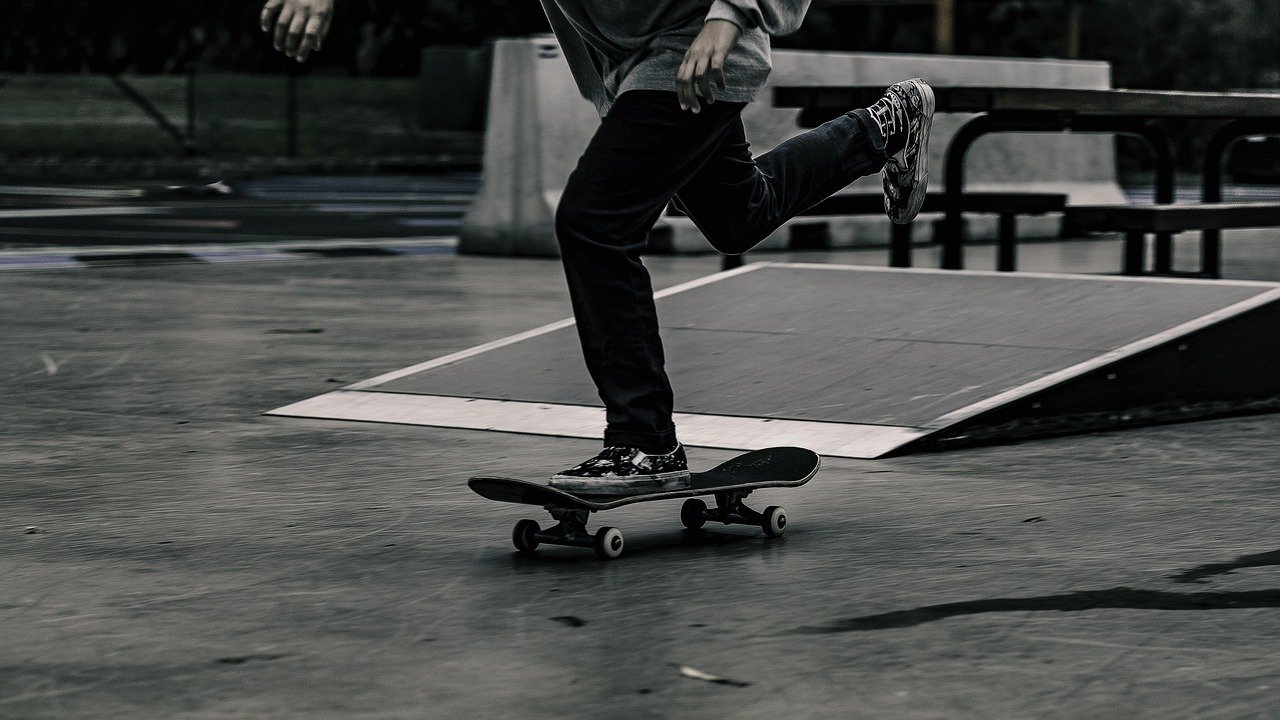Freestyle wrestling, a dynamic and engaging combat sport, pits two athletes against each other in a test of strength, agility, and strategy. Unlike Greco-Roman wrestling, freestyle allows wrestlers to use their legs and attack their opponent’s legs, opening up a wider range of offensive and defensive techniques. This exciting style is a cornerstone of the Olympic Games and boasts a global following of passionate athletes and fans. This blog post will delve into the intricacies of freestyle wrestling, exploring its history, rules, techniques, training, and benefits.
Understanding Freestyle Wrestling: A Comprehensive Guide
The Origins and Evolution of Freestyle Wrestling
Freestyle wrestling’s roots can be traced back to catch wrestling, a popular form of wrestling in the 19th century. As wrestling evolved and spread internationally, various styles emerged, leading to the formalization of freestyle as a distinct discipline. It gained prominence in the early 20th century and was quickly incorporated into the Olympic Games. Over time, the rules and regulations have been refined to ensure fair competition and prioritize athlete safety. Today, freestyle wrestling enjoys immense popularity worldwide, with nations like Russia, the United States, Iran, and Japan consistently producing world-class athletes.
- Key historical milestones:
Emergence from catch wrestling.
Inclusion in the Olympic Games.
Ongoing rule refinements for safety and fairness.
The Core Rules and Regulations
Understanding the rules is paramount to appreciating freestyle wrestling. The objective is to pin your opponent’s shoulders to the mat, securing an immediate victory. If no pin occurs, the wrestler who accumulates the most points during the match wins. Points are awarded for various techniques, including takedowns, exposure (putting the opponent in a near-fall position), reversals, and escapes.
- Key rules to know:
Takedowns: Bringing your opponent to the mat from a standing position. (Typically 1-2 points)
Exposure (Danger Position): Rolling an opponent onto their back for a near pin. (2-4 points)
Reversals: Changing position from defense to offense while on the mat. (1-2 points)
Escapes: Breaking free from your opponent’s control while on the mat. (1 point)
Penalty Points: Awarded to the opponent for illegal moves or stalling. (1 point)
Equipment and Attire
Freestyle wrestlers wear a singlet, a one-piece, close-fitting garment that allows for freedom of movement. They also wear wrestling shoes, which provide grip and support on the mat. Some wrestlers may choose to wear headgear for ear protection. Mouthguards are generally recommended to protect the teeth.
- Essential equipment:
Singlet (provides freedom of movement and proper identification)
Wrestling shoes (offers grip and ankle support)
Optional headgear (protects ears)
Recommended mouthguard (protects teeth)
Mastering Freestyle Wrestling Techniques
Fundamental Stance and Movement
The foundation of freestyle wrestling is a strong, balanced stance. Wrestlers typically maintain a slightly bent-knee position with their feet shoulder-width apart. Agility and footwork are crucial for both offense and defense. Wrestlers must be able to move quickly and change direction to create opportunities and avoid attacks.
- Key elements of stance and movement:
Balanced, athletic stance
Active footwork
Constant motion to create angles and opportunities
Low center of gravity for stability
Offensive Techniques: Takedowns and Throws
Takedowns are the primary means of scoring points in freestyle wrestling. Common takedowns include single-leg takedowns, double-leg takedowns, and ankle picks. Throws, while less common, can result in significant point gains or even an immediate pin. A well-executed throw requires a combination of strength, technique, and timing.
- Popular takedowns:
Single-leg takedown: Grabbing one of the opponent’s legs and driving forward.
Example: A wrestler shoots in for a single leg, securing the leg and driving through to take the opponent down to the mat.
Double-leg takedown: Grabbing both of the opponent’s legs and driving forward.
Example: A wrestler levels changes and shoots in to secure both legs of the opponent at the hips and elevates the opponent to bring him to the mat.
Ankle pick: Grabbing the opponent’s ankle and pulling it out from under them.
Defensive Techniques: Sprawls and Escapes
Defense is just as important as offense in freestyle wrestling. A sprawl is a defensive technique used to counter takedown attempts. By extending their legs back and driving their hips down, wrestlers can prevent their opponent from completing the takedown. Escapes are used to break free from an opponent’s control on the mat.
- Essential defensive moves:
Sprawl: A defensive move used to stop a takedown by extending the legs and dropping the hips.
Whizzer: Using an arm over the back to control an opponent and prevent them from scoring.
Hip heist: A common escape technique where the wrestler creates space and pivots to get out from under their opponent.
Training for Freestyle Wrestling
Strength and Conditioning
Freestyle wrestling demands exceptional strength and conditioning. Wrestlers engage in a variety of exercises to build strength, power, and endurance. Weightlifting, plyometrics, and bodyweight exercises are all important components of a wrestling training program.
- Key training components:
Weightlifting (squats, deadlifts, bench press)
Plyometrics (jump training)
Bodyweight exercises (push-ups, pull-ups, burpees)
Cardiovascular training (running, swimming, interval training)
Technical Drills and Sparring
Technical drills are used to refine wrestling techniques and develop muscle memory. Sparring, or live wrestling, provides wrestlers with the opportunity to apply their skills in a realistic setting. A balanced training program should include both technical drills and sparring.
- Elements of effective training:
Repetitive technical drills to perfect technique
Sparring to apply techniques in a live setting
Video analysis to identify areas for improvement
Proper rest and recovery to prevent injuries
Nutrition and Recovery
Proper nutrition and recovery are crucial for optimal performance. Wrestlers need to consume a balanced diet that provides adequate energy and nutrients. Adequate sleep and recovery time are also essential for muscle repair and injury prevention.
- Key aspects of nutrition and recovery:
Balanced diet with adequate protein, carbohydrates, and fats.
Sufficient hydration.
Adequate sleep (7-9 hours per night).
Active recovery (light exercise or stretching).
Proper injury management and rehabilitation.
The Benefits of Freestyle Wrestling
Physical and Mental Development
Freestyle wrestling offers a multitude of physical and mental benefits. It improves strength, agility, endurance, and coordination. It also fosters discipline, perseverance, and mental toughness.
- Benefits of wrestling:
Improved physical fitness (strength, agility, endurance)
Enhanced mental toughness and discipline
Increased self-confidence
Improved problem-solving skills
Weight management and body composition
Character Building and Life Skills
Wrestling teaches valuable life skills, such as goal setting, time management, and teamwork. Wrestlers learn to overcome adversity and persevere in the face of challenges. These skills can be applied to all aspects of life.
- Skills gained from wrestling:
Goal setting and achievement
Time management and organization
Teamwork and leadership
Resilience and perseverance
Respect for oneself and others
Opportunities and Pathways
Freestyle wrestling offers numerous opportunities for athletes of all ages and skill levels. From youth wrestling programs to high school and college teams, there are pathways for wrestlers to pursue their passion and achieve their goals. Wrestling can also open doors to scholarships and career opportunities.
- Wrestling pathways:
Youth wrestling programs
High school wrestling teams
College wrestling programs
International competitions
Coaching and officiating opportunities
Conclusion
Freestyle wrestling is a demanding yet rewarding sport that offers a multitude of physical, mental, and social benefits. Whether you are a seasoned athlete or a curious beginner, exploring the world of freestyle wrestling can be a transformative experience. By understanding the rules, mastering the techniques, and embracing the challenges, you can unlock your full potential and achieve your goals on and off the mat. Embrace the challenge, cultivate discipline, and experience the profound rewards of freestyle wrestling.



